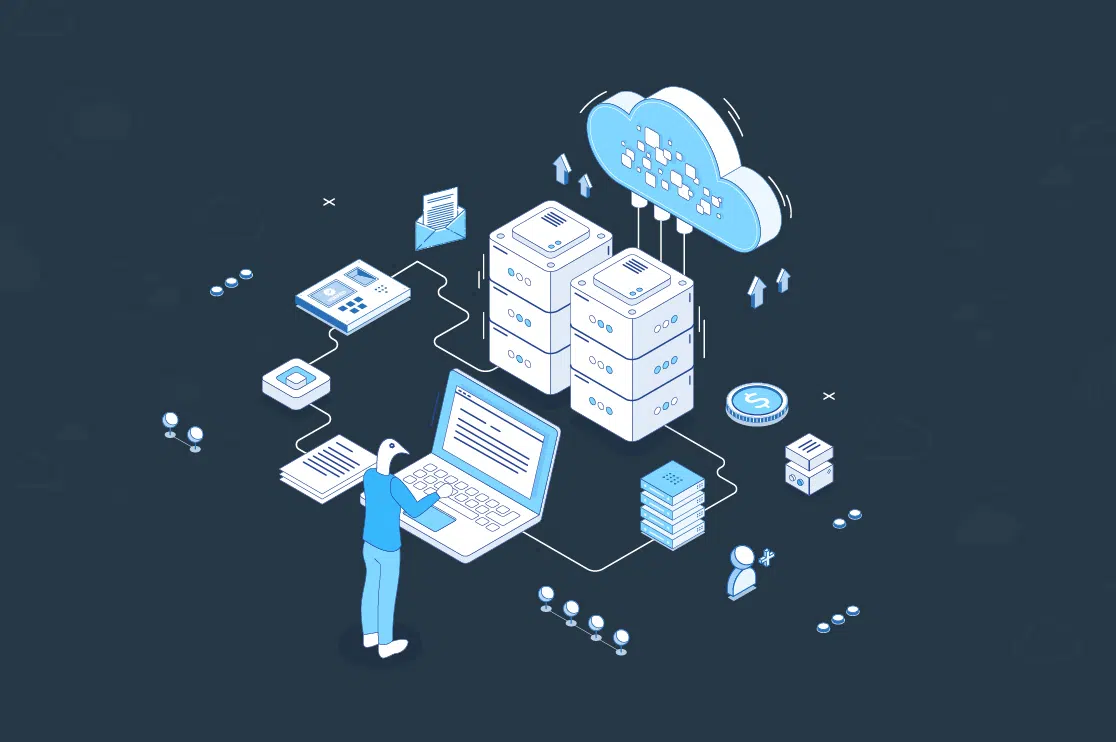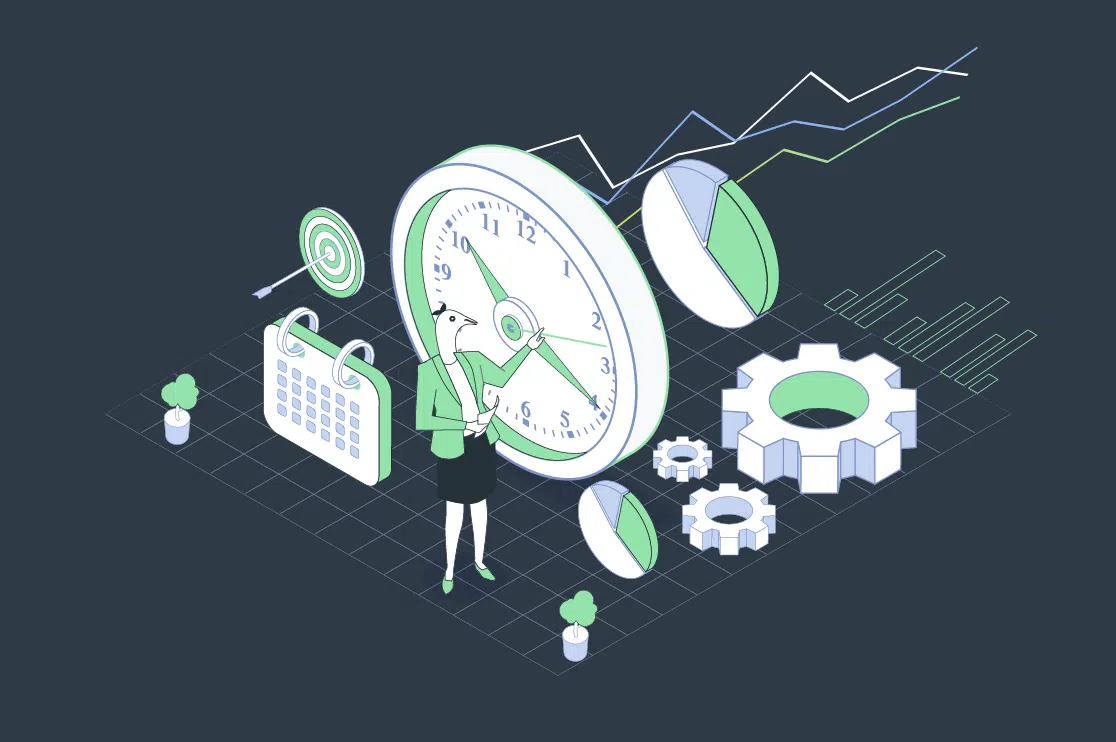Data, they say, is the lifeblood of innovation and decision-making. With vast amounts of it generated every day, organizations face the challenge of extracting meaningful insights efficiently.
Enter AI data analytics- a rather revolutionary approach that uses artificial intelligence to transform raw data into actionable intelligence. This blog explores the essence of AI data analysis, its benefits, tools, and future trends. Let’s dive into it.
Connect with us for a free quote or expert consultations.
Table of Contents:
What is AI Data Analysis?
AI data analysis refers to the use of AI techniques and algorithms to analyze large AI datasets, uncover patterns, and derive insights that inform business decisions. Unlike traditional data analysis, which relies on manual processes, AI analysis employs machine learning to automate and enhance the analytical process.
Benefits of Using AI for Data Analytics
Implementing AI for data analysis offers numerous advantages;
Enhanced Efficiency and Speed
AI data analytics is pretty fast, much faster than human analysts. This rapid processing capability allows businesses to make timely decisions and respond quickly to market changes.
Improved Accuracy and Precision
AI algorithms can detect patterns and anomalies with high precision, reducing the likelihood of human error.
Scalability
AI data analysis systems can scale seamlessly. AI maintains performance and consistency, whether dealing with terabytes of data or intricate patterns.
Predictive Insights
AI’s ability to identify trends and predict future outcomes is a game-changer. Predictive analytics powered by AI can forecast customer behavior, market trends, and operational risks, enabling proactive decision-making.
Cost Savings
By automating repetitive and time-consuming tasks, AI reduces the need for extensive manual labor, leading to significant cost savings. It can significantly affect the quality of people’s lives.
How Do We Use AI for Data Analysis?
Utilizing AI for data analysis involves several key steps:
Data Collection and Preprocessing
The first step in using AI for data analysis is gathering data from various sources, such as databases, social media, and sensors. This raw data is then cleaned and processed to ensure quality and consistency.
Model Training
Once the data is prepared, AI models are trained using machine learning algorithms. This involves feeding the AI system with historical data to learn patterns and relationships.
Analysis and Interpretation
After training, the AI model analyzes new data to generate insights. This step involves applying the model to identify trends, make predictions, and provide recommendations. Visualization tools can help present these findings in an easily interpretable format. AI in fintech has almost created a wave in the industry.
Continuous Improvement
AI systems continuously learn and improve over time. By incorporating new data, AI models can adapt to changing conditions and enhance their performance, ensuring sustained accuracy.
Recommended Reading:
Best AI Data Analysis Tools
Several AI Analytics tools have emerged as game-changers in the analytics field. Some of these are;
IBM Watson Analytics
IBM Watson Analytics is a great tool that provides visualization and predictive analytics. It simplifies data preparation and offers advanced natural language processing.
Google Cloud AI
Google Cloud AI offers a suite of tools for machine learning and data analysis. TensorFlow, AutoML, and BigQuery are part of this ecosystem.
RapidMiner
RapidMiner, known as a comprehensive platform for data science and machine learning, offers a visual workflow designer, automated machine learning, and robust integration capabilities.
SAS Viya
SAS Viya is an AI-driven analytics platform that supports data mining, machine learning, and predictive analytics. It provides a unified environment for data preparation, analysis, and model deployment.
Future Trends in AI and Data Analytics
The future of AI and data analytics promises exciting advancements and innovations:
Integration with IoT
The integration of AI with the Internet of Things (IoT) will enable real-time data analysis from connected devices. This synergy will drive smarter, more responsive systems in industries like healthcare, manufacturing, and smart cities.
Explainable AI
As AI becomes more integral to decision-making, the need for transparency and explainability grows. Explainable AI (XAI) aims to make AI models more understandable and interpretable, fostering trust and accountability.
Enhanced Data Privacy
With growing concerns over data privacy, AI will play a crucial role in ensuring compliance with regulations like GDPR and CCPA.
Advanced Natural Language Processing
Advancements in natural language processing (NLP) will enhance AI’s ability to understand and interpret human language.
Conclusion
The future of AI and data analytics seem intertwined. AI would increasingly need to make sense of the data. Given the benefits of speed and accuracy, the use of AI in data analytics will become more commonplace.
As AI tools for data analysis continue to evolve and new trends emerge, the future holds even greater potential for innovation and impact. Organizations that embrace AI and data analytics today will be well-positioned to thrive in an increasingly data-driven world.
Whether you’re a startup or a large enterprise, investing in AI data analytics is not just a strategic move—it’s essential for staying ahead of the curve and achieving sustained success.
If you’re considering an AI analytics company, there isn’t one better than BluEnt. Take a look at some of the past work we’ve done. Feel free to connect should you need any assistance with our services.













 How Financial and Accounting Services by BluEnt Drive Business Growth in the Digital Era?
How Financial and Accounting Services by BluEnt Drive Business Growth in the Digital Era?  Secure Gift Cards: Top Tips and Strategies’ to Safeguard Personal Information
Secure Gift Cards: Top Tips and Strategies’ to Safeguard Personal Information  Cloud Data Engineering: Infrastructure and the Road Ahead
Cloud Data Engineering: Infrastructure and the Road Ahead  Real Time Analytics: Facets, Insights, and Use Cases
Real Time Analytics: Facets, Insights, and Use Cases 
